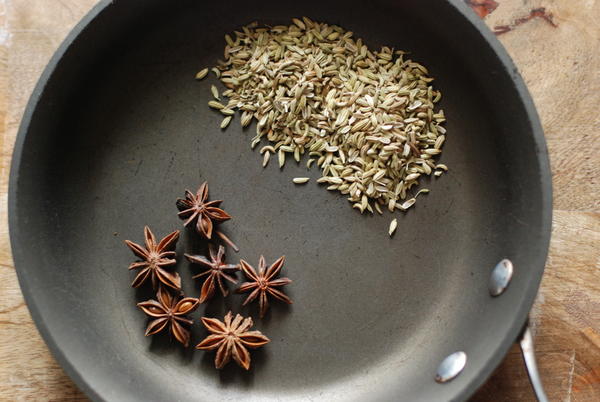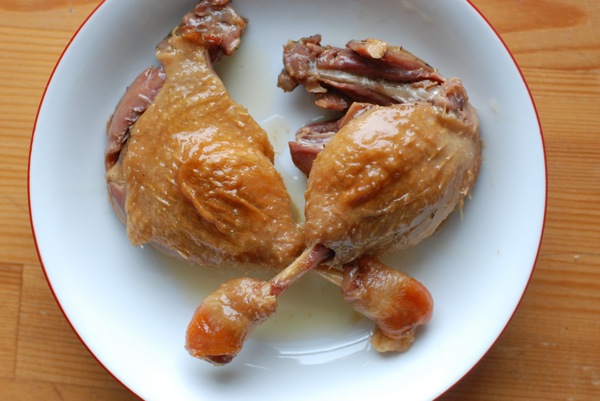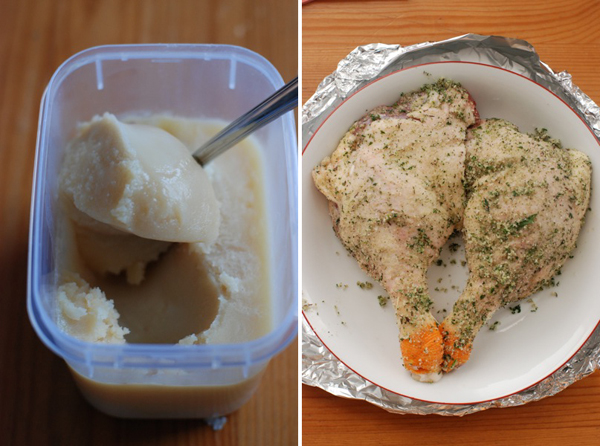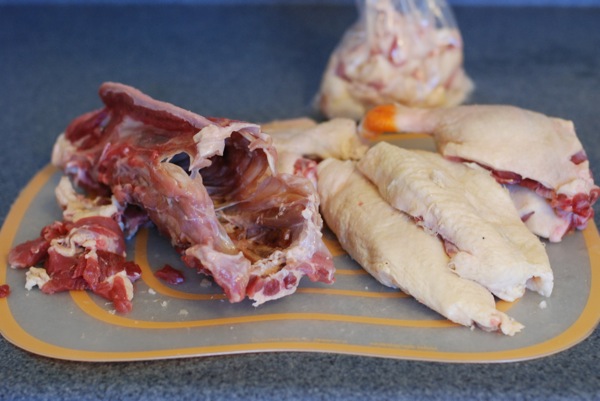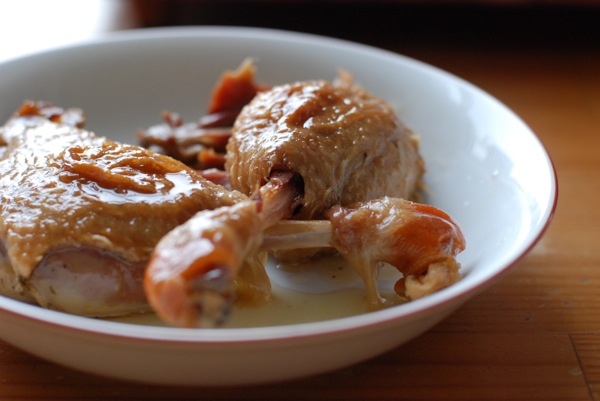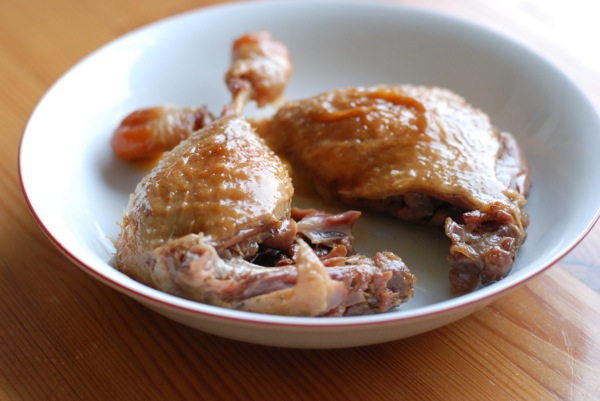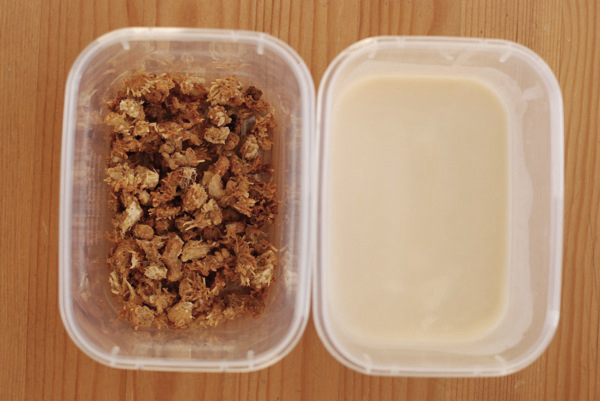I know, I've disappeared lately. We've been summering. I don't have a full post for you today, because doing summer properly in Washington involves lots of time away from Washington: we spent a weekend up in PA, where I snapped the above photo of the team roaming through a lavender field. This is the right answer.
When we are in town, we spend Sundays in a hot kitchen with jars of tomato on the counter and glasses fogged from the steam. Morning canning projects are followed by languid afternoons on the porch, and evenings comforted by a glass (alright, two) of Amaro Lucano where I almost pick up the camera to snap a photo of the roasted cauliflower before it's devoured, but then I remember the languid part and I don't get up, and the cauliflower gets polished off, escaping any photographic proof that it existed. We feel full. And tipsy from the amaro. We go nowhere, we do nothing. We summer.
But I assure you, things are getting made. Bellies are getting filled. Of note:
The tomates farcies from David Tanis via NYT look amazing. I bookmarked them immediately after he published them, intending to make them for the weekend. But the weekend rolled around, and when I lazily googled "tomatoes farcies," only to be sent to a much meatier recipe from 1981. I didn't notice that it was the wrong link; I just forged ahead with the new recipe, swapping out pork for cured beef sausage and skipping the cheese. The results were positively divine. Three of us polished off the lot of them one Saturday, after discovering - whoops, summer! - that I'd left them in the oven the previous evening, an entire dish of my Friday night dinner unserved, unmissed, unnecessary. (I am becoming my mother.) Make both.
*
The tomato bread soup from the Franny's cookbook continues the streak of A-grade soups from the Franny's folks. (You can find the recipe here.) I hesitate to slap the word "sludge" on anything I intend to encourage you to make, but heck: it's a sludge, the best, summeriest sludge ever.
*
If you can get your hands on methly plums - those small, fragrant dark-ruby plums with equally red centers - try your hand at a conserve with either ground ginger or, even better, galangal. I lucked out on about 5 pounds of second methlys from Toigo, a favorite farmer, last weekend. I followed Cathy's template for plum jam, and ended up with hands down the best jam I've made all summer - maybe ever. GO.
*
Adi loves nectarines like her mama. We're not big peach people: fuzz ruins the the experience. But we (sans Adi) did very much enjoy a gin-based cocktail with muddled peaches, basil, and some demerara sugar. Sub mint if that''s your thing.
*
I've always been partial to basil pesto over the parsley variety, but this summer, I've found multiple uses for a punched-up pesto with both herbs. I've been using a bit of shallot, some green garlic, equal parts parsley and basil, lots of lemon zest, and some very fragrant Turkish chile, pounding everything together in a mortar and pestle with plenty of olive oil.
I've twice found myself ten minutes before serving dinner and at a loss for an appetizer. The solution, both times, has been a simple cucumber-avocado soup. There are manyrecipes for this, but I've ridden bareback: 2 small cucumbers (I like the thin-skinned Persian ones), 1 avocado, juice of a lemon or lime, a slice of jalapeno, salt and pepper to taste. Whir that blender and pour into small bowls. This makes four small bowls. You can add cilantro, mint, or chives if you'd like.
*
Mark my words, I will tell you about that cauliflower. Soon, I hope.
Happy summer, friends.





